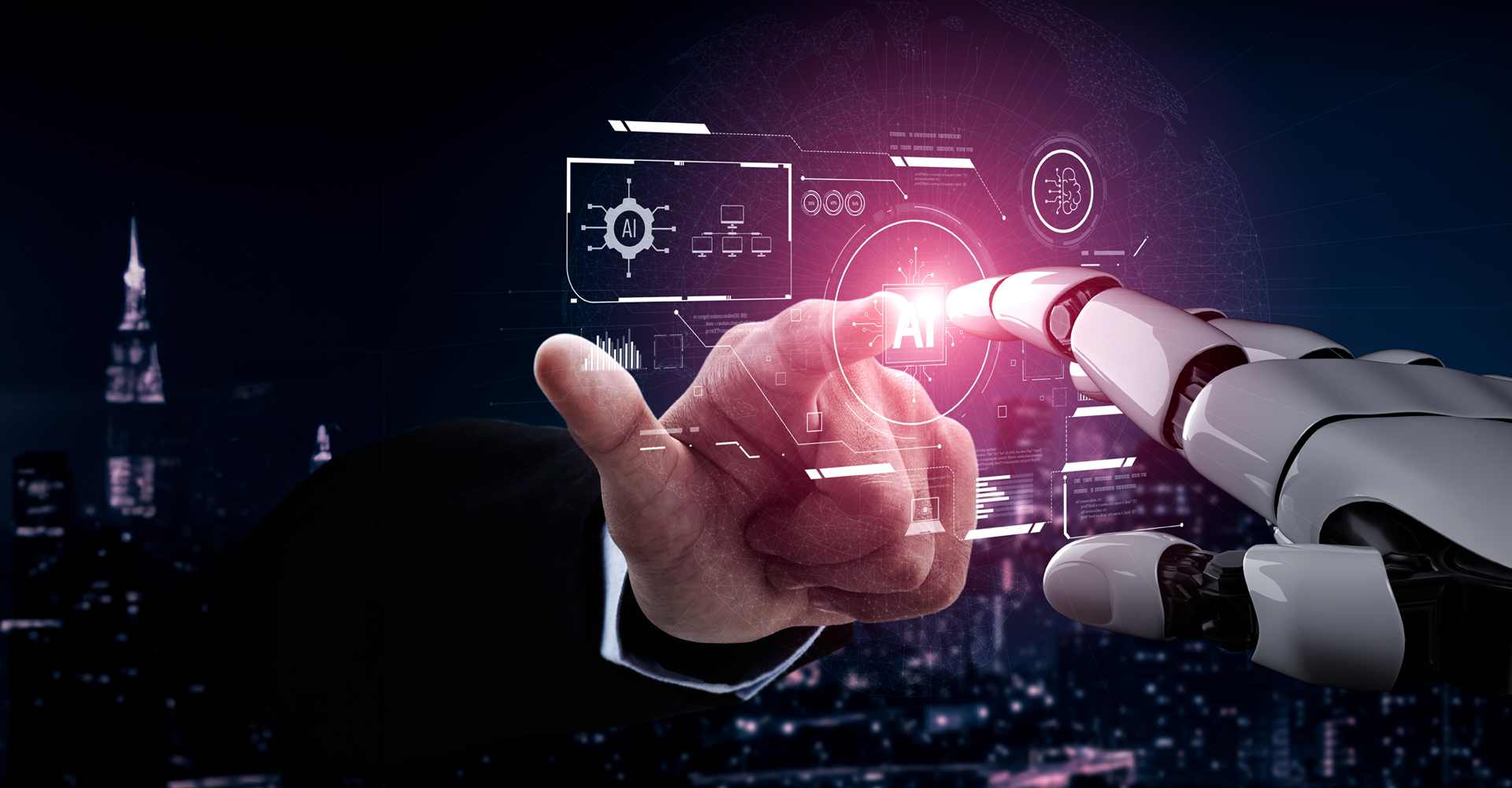Hyperautomation is no longer just a buzzword—it’s rapidly becoming a cornerstone of modern enterprise transformation. According to Mordor Intelligence, the global hyperautomation market is projected to grow from USD 15.51 billion in 2025 to USD 38.28 billion by 2030, reflecting a robust CAGR of 19.8%. This explosive growth underscores the strategic importance of integrating hyperautomation services into core business functions.
From ERP and CRM to legal, IT, and HR systems, hyperautomation services promises to streamline operations, reduce manual effort, and accelerate business agility. But with so many technologies in play—AI, RPA, iPaaS, process mining, and more—crafting the right hyperautomation strategy isn’t just about adopting tools. It’s about understanding how each technology complements your business goals and ensuring they work in sync across departments.
In this blog, let’s explore how enterprises can build a future-ready hyperautomation strategy and what key considerations should guide their investments.
1. What is Hyperautomation?
Hyperautomation is the concept of automating as many business processes as possible using a combination of RPA, AI, ML (Machine Learning), natural language processing (NLP), business process management (BPM), and analytics. Essentially, it’s an evolution of traditional automation, integrating more sophisticated technologies to handle tasks that require greater cognitive capabilities.
In a hyperautomation strategy, the goal is to:
- Automate end-to-end business processes.
- Enhance decision-making with intelligent automation (e.g., through AI).
- Use AI and RPA together to handle both repetitive tasks and complex decision-making tasks.
Hyperautomation goes beyond just implementing RPA and GenAI—it involves integrating multiple automation technologies across your organization’s workflows to optimize operations and improve overall business outcomes.
2. Enterprise Strategy for Hyperautomation, GenAI, and RPA
For enterprises managing complex systems like ERP, CRM, legal, IT, and HR applications, a layered approach combining these technologies in a strategic roadmap will deliver the most value. Here's how you can approach it:
Stage 1: Assess and Identify Automation Opportunities
- Process Mapping & Prioritization:
- Start by mapping out your business processes in ERP, CRM, HR, IT, and legal functions. Identify tasks that are repetitive, manual, and high volume—these are prime candidates for RPA.
- Look for tasks that require data-driven decisions, predictive analysis, and insights generation—these are ideal for GenAI.
- Consider tasks that combine both structured (e.g., ERP transactions) and unstructured data (e.g., customer emails, legal documents). These may require Hyperautomation (e.g., combining RPA and AI).
- Evaluate Complexity and ROI:
- RPA can tackle rule-based, high-volume, repetitive tasks. E.g., ERP data entry, invoice processing, password resets in IT, or benefits enrollment in HR.
- GenAI should be applied to tasks that require pattern recognition, natural language understanding, or predictive analytics. E.g., predicting sales forecasts in CRM, analyzing legal contracts, or performing employee sentiment analysis.
- Hyperautomation is useful when combining these approaches to automate end-to-end workflows. For instance, in legal, using RPA for document routing and GenAI for contract analysis and decision-making.
Stage 2: Implementing RPA for Short-Term Wins
RPA implementation services can deliver quick wins and are often the first step in a hyperautomation strategy. Here’s how to deploy it across your core applications:
- ERP: Automate mundane tasks like data entry, reconciliations, purchase orders, inventory updates, and invoice processing.
- CRM: Automate customer service workflows (e.g., updating records, sending follow-up emails), data cleansing, and reporting.
- Legal: Automate document management, contract review processes, compliance reporting, and document generation.
- HR: Automate routine tasks such as employee onboarding, payroll, leave management, and timesheet processing.
- IT: Automate system monitoring, software patching, ticket routing, and user access management.
Focus on Efficiency: RPA’s primary strength is driving efficiency by reducing human error and accelerating repetitive tasks. Start small with high-volume tasks to demonstrate immediate ROI.
Stage 3: Incorporating GenAI for Advanced, Cognitive Automation
Once you have established a foundation with RPA, incorporate GenAI to handle more complex decision-making and data-driven tasks. GenAI can significantly enhance operations by providing insights, predictions, and automation that require reasoning or advanced learning.
- ERP: Use GenAI for demand forecasting, financial predictions, and inventory optimization. For example, AI models can predict inventory shortages or potential supply chain disruptions.
- CRM: Use GenAI to improve customer personalization, automate responses to customer inquiries, analyze sentiment, or even predict customer churn based on historical data.
- Legal: Implement AI-driven contract analysis tools that can review and highlight key terms, flag risks, and assist in compliance management. GenAI can also be used for legal research and drafting.
- HR: GenAI can assist in talent acquisition by screening resumes, evaluating candidates, and providing insights into potential hiring biases. It can also analyze employee sentiment to provide HR with real-time insights on workforce satisfaction.
- IT: Use AI-powered tools for predictive IT maintenance (e.g., predicting hardware failures) or advanced cybersecurity threat detection (e.g., anomaly detection based on network traffic).
Focus on Innovation: GenAI excels at cognitive tasks where deep learning, pattern recognition, or predictions are required. It can drive strategic decision-making and create value beyond operational automation.
Stage 4: Building a Hyperautomation Ecosystem
Once RPA and GenAI are integrated into various processes, you can move towards Hyperautomation, which is about orchestrating automated workflows across the enterprise. This stage typically involves:
- End-to-End Process Automation:
- Build integrated workflows that span across applications (ERP, CRM, HR, Legal, IT) by connecting RPA bots and GenAI models.
- For example, in HR, a hyperautomated workflow could involve RPA handling onboarding (e.g., document collection, email communication), while GenAI performs background checks, and sentiment analysis, and predicts the likelihood of a candidate’s success within the company.
- In ERP, hyperautomation could involve RPA processing orders and invoices, while AI models optimize procurement strategies based on historical sales trends.
- Intelligent Orchestration:
- Use AI-powered business process management (BPM) tools to orchestrate workflows, monitor automation processes, and ensure seamless integration across systems.
- Incorporate advanced analytics to continuously improve workflows and decision-making.
- Focus on Scalability & Integration:
- Hyperautomation is about taking automation to the next level by connecting systems, processes, and data seamlessly.
- It integrates RPA, AI, and data analytics to optimize entire workflows across your business.
Stage 5: Continuous Monitoring, Improvement, and Governance
Automation in large enterprises is not a one-time project; it requires continuous improvement. Consider the following:
- Performance Monitoring: Continuously monitor RPA bots and AI models to identify bottlenecks, errors, or inefficiencies.
- Data Quality & Security: Ensure that your AI models are working with high-quality, unbiased data. Implement strong data governance frameworks to ensure compliance and security, especially in legal and HR applications.
- Feedback Loops: Create feedback loops where AI models continuously learn from new data and improve predictions. RPA bots should also adapt to changes in underlying applications or business rules.
- Scalability: Over time, your hyperautomation efforts should scale across different functions and business units. Expand from pilot programs to full enterprise-wide automation.
Key Considerations for Your Enterprise Strategy
- Start Small, Scale Gradually: Begin with a limited scope to demonstrate value (e.g., automating simple processes with RPA) and then expand to more complex tasks using GenAI.
- Integration and Interoperability: Ensure that your automation tools (RPA, AI, BPM, etc.) can integrate well with your existing ERP, CRM, HR, IT, and legal systems.
- Change Management: Automation impacts organizational culture. Prepare employees for changes in roles, and foster a mindset of collaboration between humans and bots.
- Vendor and Technology Selection: Carefully evaluate automation vendors and choose the right tools that fit your business needs. Look for platforms that combine RPA, AI, and BPM for end-to-end hyperautomation.
Conclusion: A Comprehensive Automation Strategy
As the pace of digital transformation accelerates, having a clear Hyperautomation Strategy is no longer optional—it’s a competitive necessity. Enterprises that want to remain agile, efficient, and data-driven must take a phased approach:
- Short-term (Quick wins): Start by driving operational efficiency with RPA Implementation, targeting repetitive, rules-based processes in ERP, CRM, IT, legal, and HR functions. This lays a strong automation foundation and delivers quick ROI.
- Mid-term (Advanced capabilities): Integrate GenAI to handle more cognitive, data-driven tasks (e.g., customer insights, legal contract analysis).
- Long-term (End-to-end process automation): Move towards Hyperautomation, integrating RPA, GenAI, and other tools to create fully automated workflows across your ERP, CRM, HR, IT, and legal functions.
Selecting the right Hyperautomation solutions provider is equally critical. Look for a partner with deep domain expertise in RPA Implementation Services, AI, and business process optimization—one who can help you build not just automation, but intelligent automation that adapts, scales, and drives measurable impact.
This strategy will allow your organization to improve operational efficiency, drive innovation, and unlock value across your critical applications













